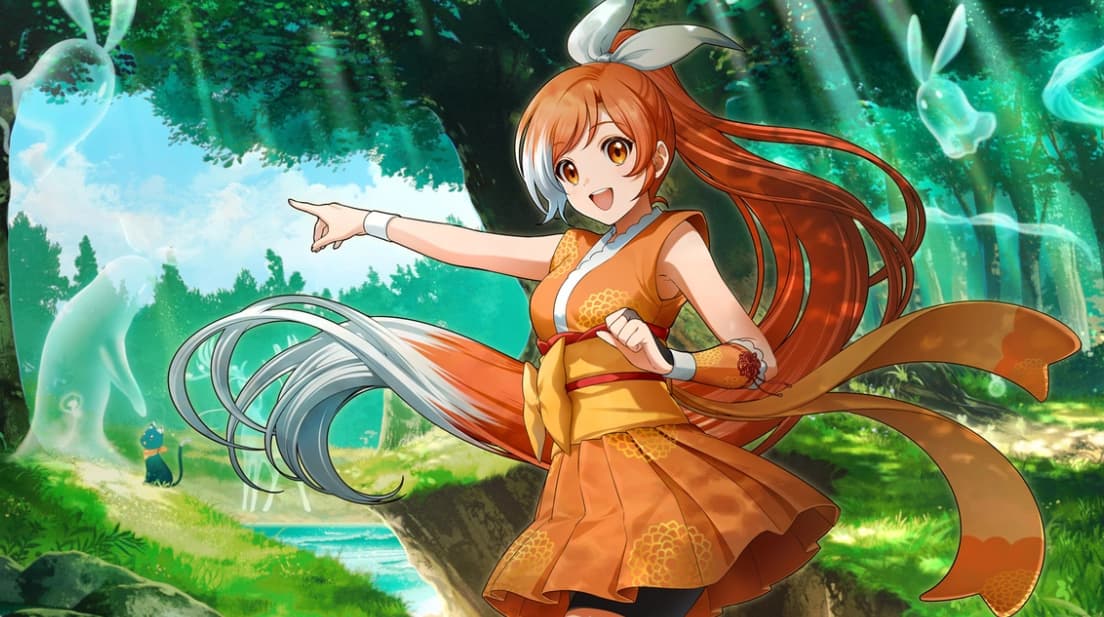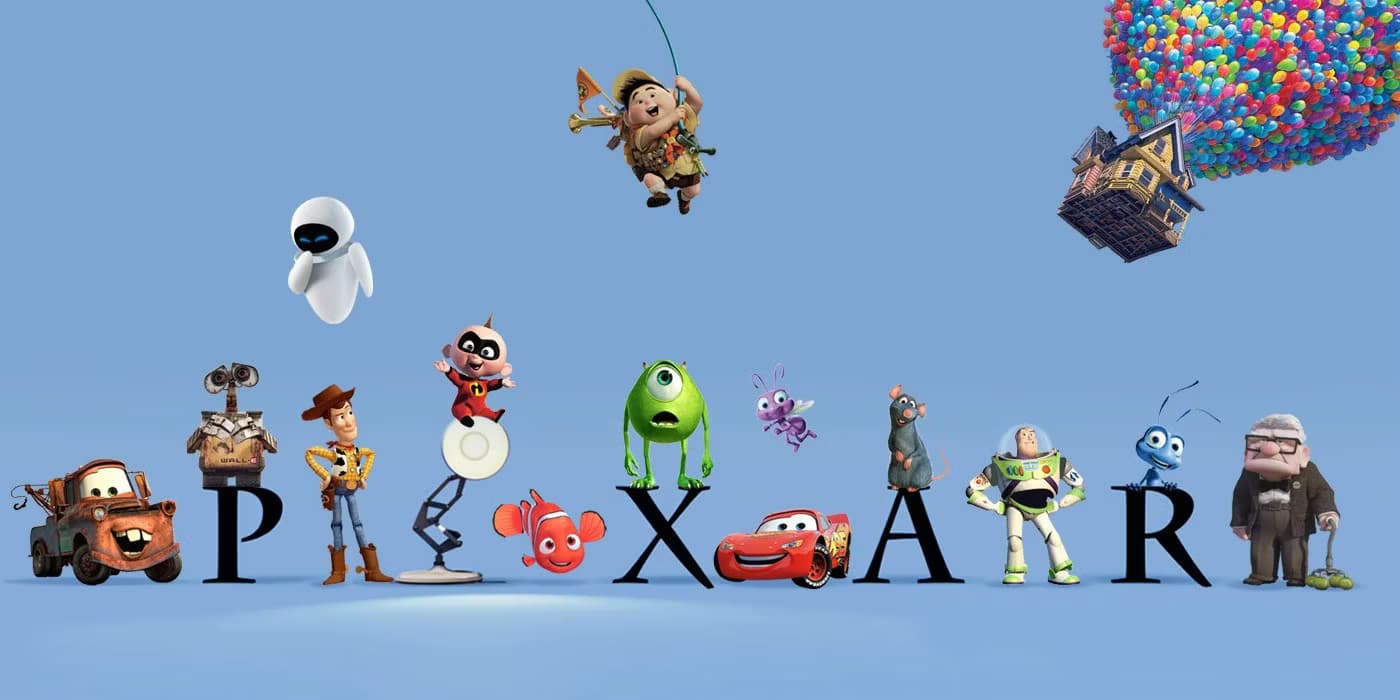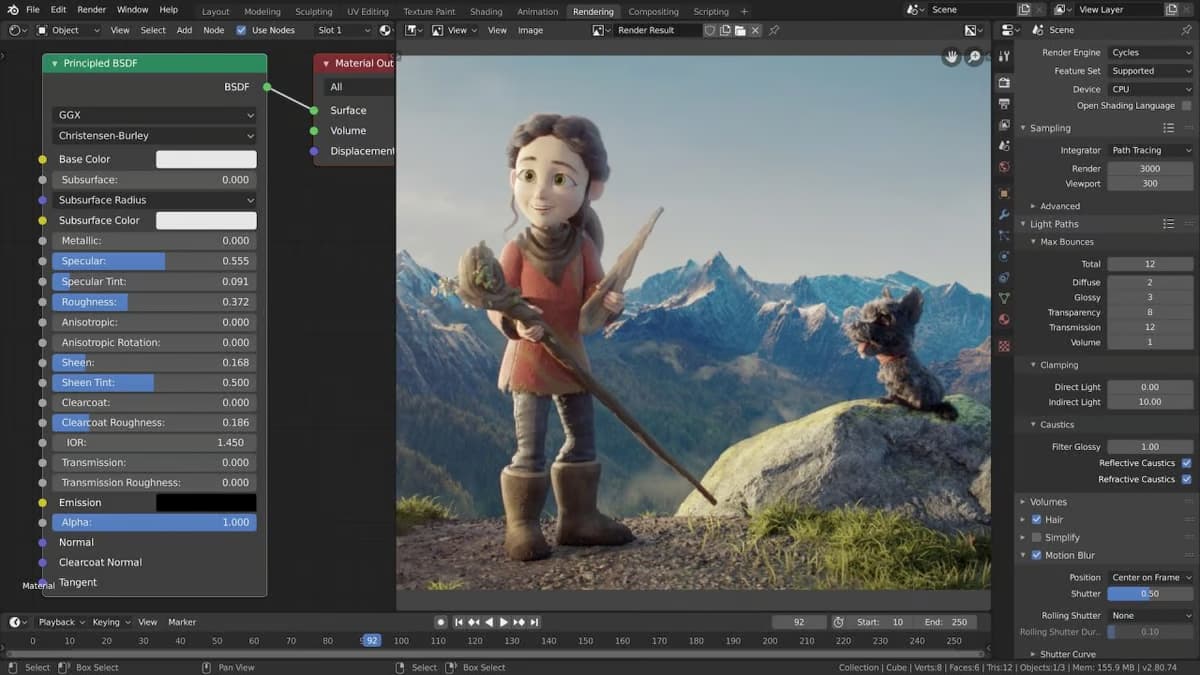The debate on whether stop-motion animation fits into the broader world of animation is intriguing and leads to a journey into the heart of visual storytelling. Understanding stop motion requires exploration of its unique traits and similarities with other types of animation.
The Magic of Stop Motion Animation
Stop motion animation is a fascinating and precise art of creating simulated motion by manipulating real-world objects, puppets, or figurines shot by shot. The magic lies in capturing individual shots of the subjects in varied positions, dominated by minute changes. Each frame, when played at a standard rate of 24 frames per second, creates a smooth visual flow, bringing static objects to life. It opens a vibrant canvas for narratives, emotions, and messages, all within a mindfully crafted physical world. The distinct visual allure and adaptability make stop motion an enduring and beloved animation form.
The Anatomy of Stop Motion as an Animation Form
Yes, stop motion unequivocally fits into the animation genre. While it stands as a unique and distinct animation method, it shares core characteristics with others, including 2D and 3D animation.
Frame-by-Frame Animation
At its core, stop-motion animation involves capturing a sequence of individual shots, each frame sporting slight alterations from the previous one. This meticulous craft forms the heart of stop motion. By playing the carefully composed frames at a usual frame rate, the viewers are treated to the mesmerizing illusion of continuous motion. This leap from stagnant images to dynamic motion embodies the essence of animation.
Manipulation of Objects or Figures
Stop-motion animators execute the technique through precise, gradual alterations of physical elements between individual frames. This approach borrows a fundamental principle from traditional animation, simulating movement. It parallels the process in traditional animation, where subtle changes are made to hand-drawn images in each frame to generate motion. This similarity between stop motion and traditional animation underlines the artistry and craftsmanship in both forms and their shared endeavor of breathing life into imagination.
Illusion of Life
Similar to other animation forms, stop motion aims to infuse life and motion into inanimate characters or objects. Careful manipulation by the animator leads to this magical transformation.
Time-Consuming Process
Stop motion shares the intricacy and time-consuming nature of the process with traditional animation. The animator’s careful planning, eye for detail, and excellent skills are crucial in capturing each frame to create the desired effect.
Artistic Expression
Stop motion offers a broad canvas for artistic expression, much like other animation techniques. It allows animators to use various materials and techniques to deliver unique visual narratives.
Narrative and Storytelling
Stop motion’s strength lies in its ability to create narrative-focused works, like movies, series, and short films. The techniques in stop motion effectively deliver stories, emotions, and messages, making it a powerful medium in animation.
Visual Effects
Stop motion adds value to visual effects in movies and TV shows, where it amalgamates with live-action footage or other animation techniques to create fantastical worlds.
Tools Needed for Crafting Stop Motion Animation
To commence your stop-motion animation journey, you need:
- Camera: A digital camera with manual settings or a smartphone with an excellent camera. It should be stable and suited for stop-motion capture;
- Tripod: A sturdy tripod is crucial for maintaining a steady camera and consistent framing;
- Lighting: Consistent and suitable lighting ensures smooth animation. Soft, diffused lighting is preferred to minimize shadows;
- Backdrop and set: Craft your animation world with props, backdrops, and sets according to your project’s requirements;
- Stop motion software: Software like Dragonframe or Stop Motion Studio allows you to capture frames, control your camera, and edit your animation;
- Puppets or objects: Choose your characters or subjects. They can be clay figures, toys, or anything you wish to animate;
- Patience and creativity: Stop motion requires ample patience and creativity. Time to plan, shoot, and edit your animation is essential;
- Sound and editing tools: Software like Adobe Premiere or Final Cut Pro may be required for audio addition and post-production editing.
The Global Reach of Stop Motion Animation
Stop-motion animation has made its mark internationally and continues to enthrall audiences of all ages. From television series to feature-length films, stop-motion animation has spread its charm far and wide. Globally recognized animation studios like Aardman Animations and LAIKA have mastered the art of stop motion, and their works serve as excellent examples of the medium’s potential.
The Evolution and Future of Stop Motion Animation
From its humble beginnings in early film history to its usage in contemporary multimedia projects, stop motion has undergone significant evolution. Advancements in technology and tools have enabled more complex and visually stunning creations. As the animation technology landscape continues to evolve, we can expect to see further innovative adaption and incorporation of stop-motion animation.
Comparative Table
| Feature | Stop Motion Animation | Traditional 2D Animation | 3D CGI Animation |
|---|---|---|---|
| Definition | A technique that physically manipulates objects to appear as moving images on screen. Objects are moved in small increments between individually photographed frames. | A method where each frame is drawn by hand or digitally to create movement. | Uses computer-generated imagery to create animated scenes, often creating a three-dimensional appearance. |
| Visual Texture | Tactile, with a physical depth. Real materials and textures bring a unique warmth and charm. | Can vary widely, from fluid and lifelike to stylized and abstract, depending on the artist’s technique. | Often smooth and clean, capable of achieving hyper-realism or stylized aesthetics. |
| Cost | Can be low for simple setups but generally high due to the labor-intensive process and the need for physical materials and sets. | Lower costs for digital 2D animation, but traditional hand-drawn animation can be very time-consuming and costly. | High, due to the need for advanced computer software, rendering power, and often a team of skilled animators. |
| Time and Labor | Very time-consuming and labor-intensive. Requires meticulous attention to detail and patience. | Time-consuming, especially for hand-drawn animation. Digital tools have sped up the process. | Time-intensive, especially for rendering complex scenes, but motion capture and other technologies can expedite the animation process. |
| Flexibility | High in creativity and problem-solving in physical space but limited by the constraints of physical reality. | Very flexible; artists can create and revise scenes with relative ease. | Extremely flexible in the digital realm; almost anything imaginable can be created, with limitless possibilities for revision. |
| Skill Set Required | Requires skills in model-making, sculpture, and photography, along with patience and precision. | Requires strong drawing skills (for traditional) or proficiency in digital drawing and animation tools (for digital 2D). | Requires skills in computer animation software, understanding of 3D modeling, texturing, and lighting principles. |
| Application | Often used for artistic films, commercials, and music videos, where its unique look is highly valued. | Versatile, used in everything from artistic shorts to feature films, TV shows, and web animations. | Dominant in feature films, video games, and virtual reality, where realistic movement and textures are crucial. |
| Narrative Style | Often associated with quirky, experimental, or avant-garde storytelling. | No inherent narrative style; adaptable to any story. | Frequently used in action-packed, high-drama, or highly detailed narrative settings. |
| Technology Dependency | Low-tech in its basic form but can incorporate advanced technology for effects and movement control. | Can be low-tech for traditional animation or high-tech for digital 2D animations. | High-tech, relying on the latest computing power, software capabilities, and sometimes motion capture technology. |
Video Guide
To answer all your questions, we have prepared a video for you. Enjoy watching it!
Conclusion
Stop motion unquestionably qualifies as animation due to its core principles, including meticulous frame-by-frame manipulation and the ability to animate lifeless objects. While its tactile nature sets it apart, stop motion holds a respected place in the animation arena, captivating audiences with its distinct charm and creative potential.



